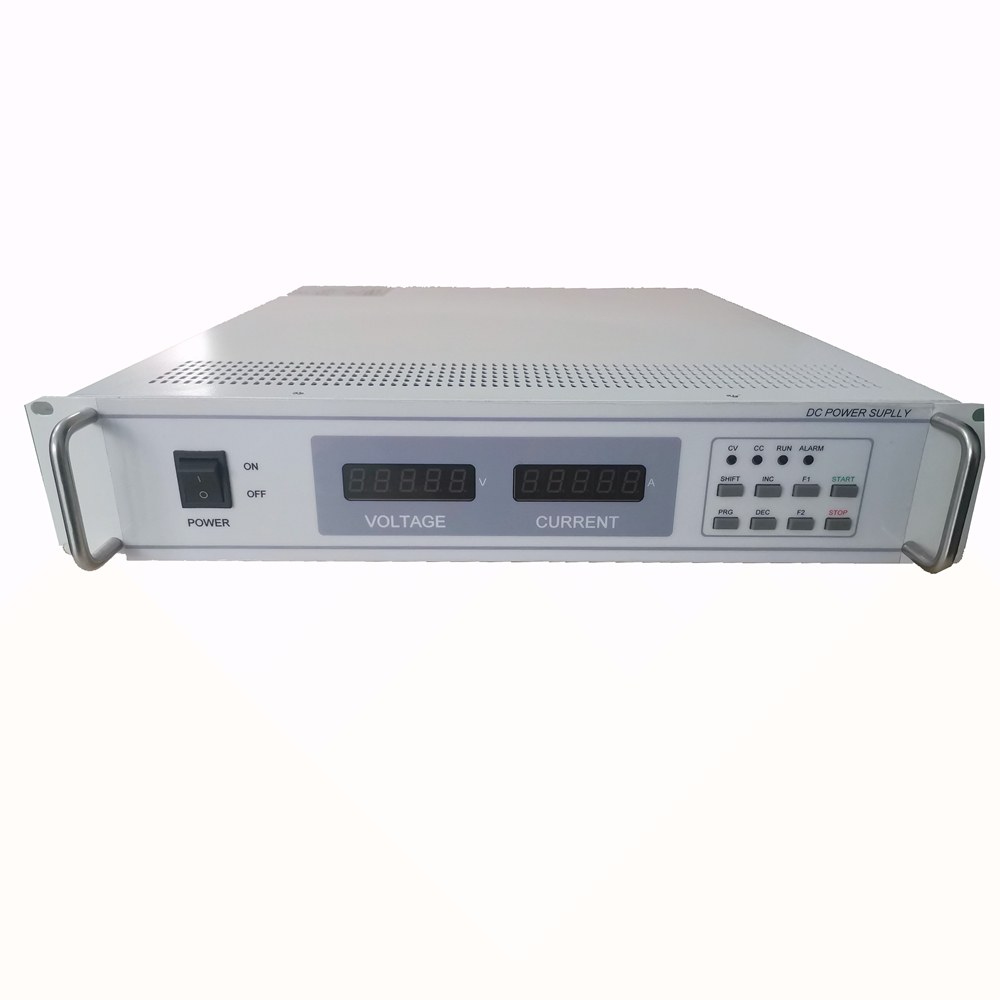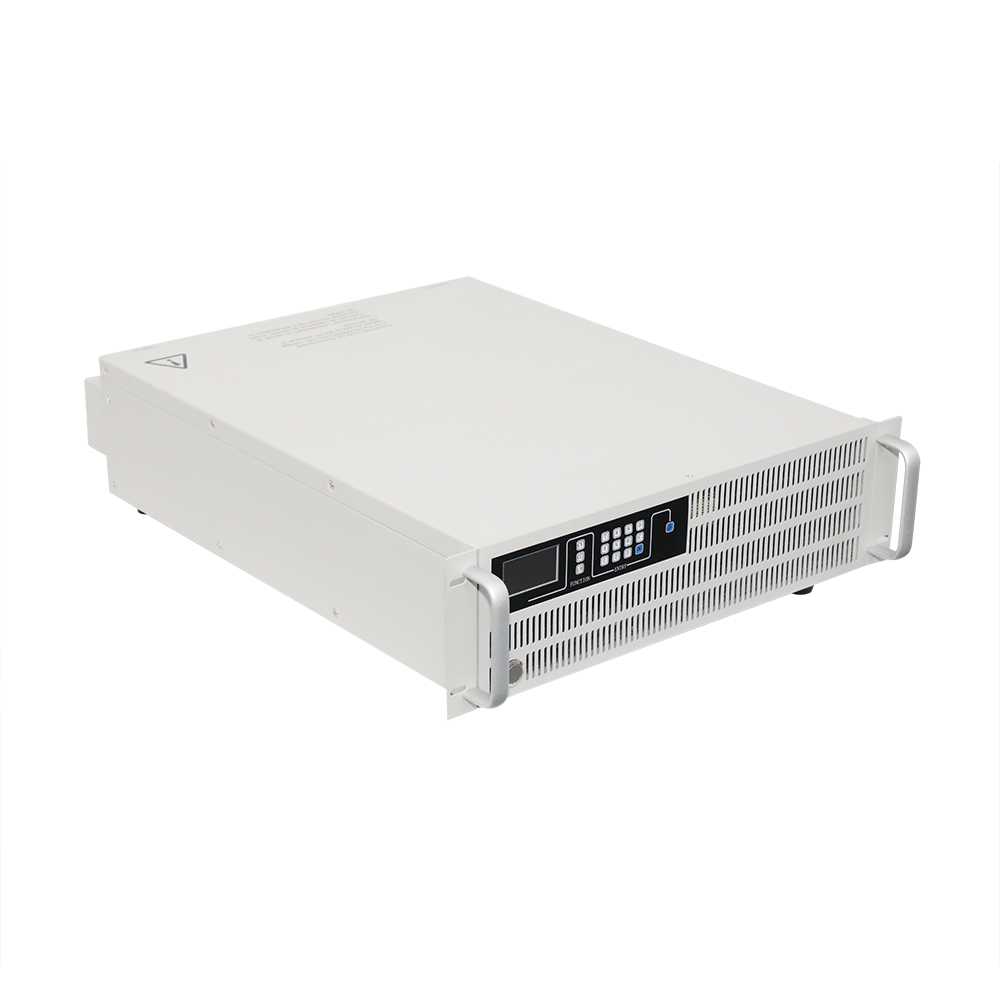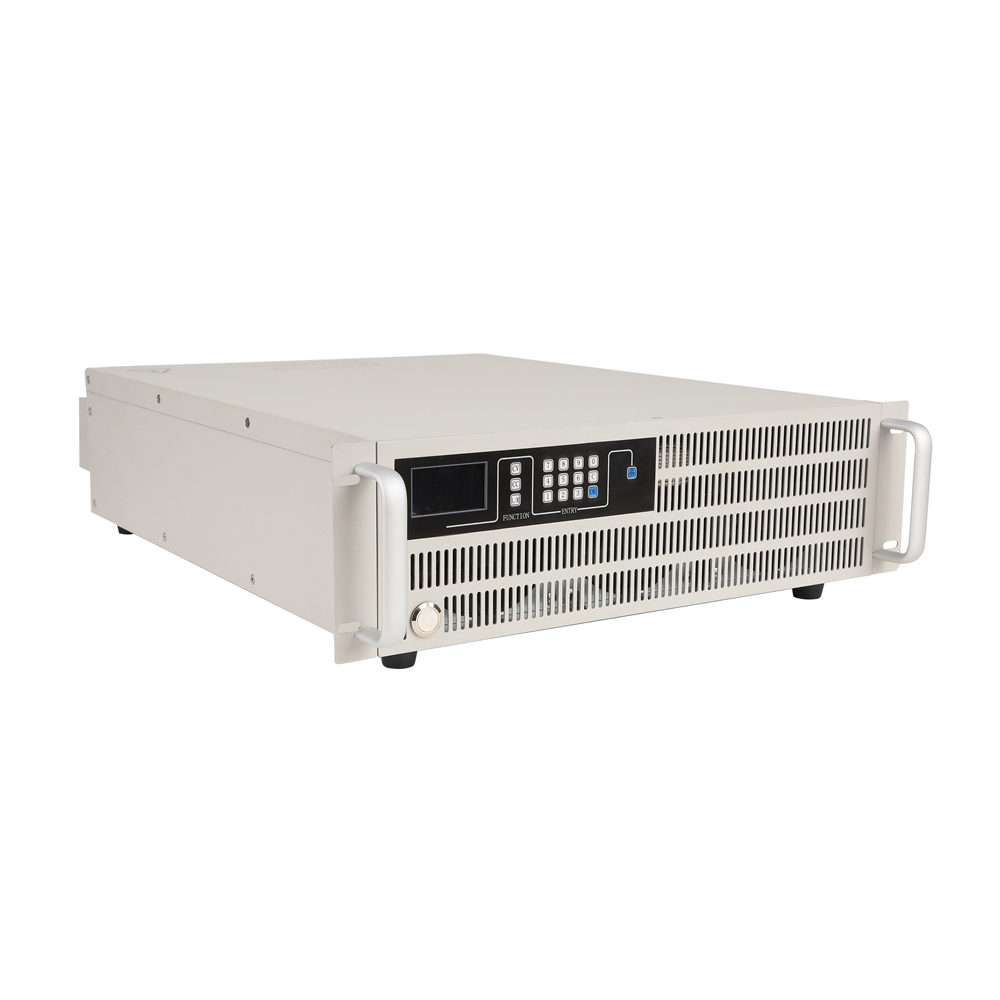In Linux, network programming is primarily accomplished through the socket interface, which functions as a file descriptor. Similar to how files are opened, sockets can be created using specific function calls that return an integer identifier known as a socket descriptor. This descriptor is then used for establishing connections and transferring data over the network.
There are three common types of sockets:
1. **Stream Socket (SOCK_STREAM)**: These provide a reliable, connection-oriented communication channel. They use the Transmission Control Protocol (TCP), ensuring that data is delivered correctly and in the right order.
2. **Datagram Socket (SOCK_DGRAM)**: These are connectionless and use the User Datagram Protocol (UDP). Data is sent in independent messages, which may not arrive in the correct order or may be lost entirely.
3. **Raw Socket**: These allow direct access to lower-level protocols such as IP or ICMP. While powerful, they are more complex to use and are typically reserved for specialized protocol development.
To store socket information, structures like `sockaddr` and `sockaddr_in` are commonly used. The `sockaddr` structure contains the address family and the actual address data, while `sockaddr_in` is specifically designed for IPv4 addresses, including the port number and IP address.
The `sa_family` field in these structures defines the type of address being used, such as AF_INET for IPv4, AF_INET6 for IPv6, AF_LOCAL for UNIX domain sockets, and others.
When dealing with data transmission, it's important to consider byte ordering. Computers use either big-endian (high-byte first) or little-endian (low-byte first) formats. For networking, the standard is big-endian. To handle this, several functions are available: `htons()` and `ntohs()` for 16-bit values, and `htonl()` and `ntohl()` for 32-bit values.
IP addresses are often represented in dotted decimal format (e.g., 192.168.0.1), but within the system, they are stored as 32-bit integers. Functions like `inet_aton()`, `inet_addr()`, and `inet_ntoa()` help convert between these formats. For IPv4 and IPv6 compatibility, `inet_pton()` and `inet_ntop()` are preferred, where 'p' stands for presentation (text) and 'n' for numeric (binary).
For host name resolution, functions like `gethostbyname()` and `gethostbyaddr()` are used to translate between hostnames and IP addresses. These functions return a `hostent` structure containing details such as the official hostname, aliases, address type, and the actual IP address.
Basic socket programming involves several key functions: `socket()`, `bind()`, `listen()`, `accept()`, `connect()`, `send()`, `recv()`, `sendto()`, and `recvfrom()`. These functions form the foundation of both TCP and UDP-based applications.
For a TCP server, the process typically includes creating a socket, binding it to an IP and port, listening for incoming connections, accepting a client request, processing the data, and then closing the connection. A TCP client would create a socket, connect to a server, send and receive data, and then close the connection.
A simple loop-based server might look like this:
```c
socket(...);
bind(...);
listen(...);
while (1) {
accept(...);
process(...);
close(...);
}
```
This approach allows the server to handle one client at a time. For more advanced applications, multi-threading or asynchronous methods are often used to manage multiple clients simultaneously.
DC Power Supplies
iDealTek-Electronics' high-quality, high-precision DC power supply product line is built on years of production, design and technological innovation with DC power supplies. We have a wide range of DC power supply products, from portable Laboratory AC - DC power supplies to Desktop High-precision DC power supplies, to Rack-mounted and Floor-standing Cabinet-type High-power DC power supplies, as well as Intelligent Programmable DC Power Supplies. The output power covers a wide range from 300W to 2000KW, and the output voltage can reach up to 2000VDC. iDealTek-Electronics` DC power supplies are widely used in laboratories, capacitor testing, battery charging, inverter testing, DC motor testing and various cutting-edge applications.
Thanks to the mature and stable AC/DC topology matched with the rapid and efficient control loop and monitoring feedback loop, our DC power supplies can provide high-precision, low-ripple and fast-response DC output with high stability. Through the flexible and friendly man-machine operation panel equipped on the front panel of the power supplies, setting and programming control of the output voltage and current can be easily realized and the high-precision LED or LCD ensures the intuitive and high-precision output measurement function. At the same time, our DC The power supplies can be equipped with RS232 / RS485 / analog signal interfaces to realize remote control programming and status monitoring of the power supplies.



Our DC power supplies have complete built-in protection functions, such as over-voltage protection, over-current protection, over-temperature protection, etc., to ensure the long-term and reliable operation of the power supplies.

If you have a demand for DC power products, we believe that you can definitely find the suitable DC power products among our DC power supplies family.
AC - DC Power Supplies, AC DC Supplies, AC DC Power Supplies, AC to DC Power Supplies, Switching DC Power Supplies
Yangzhou IdealTek Electronics Co., Ltd. , https://www.idealtekpower.com




